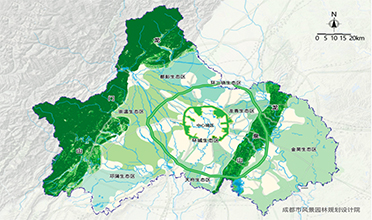


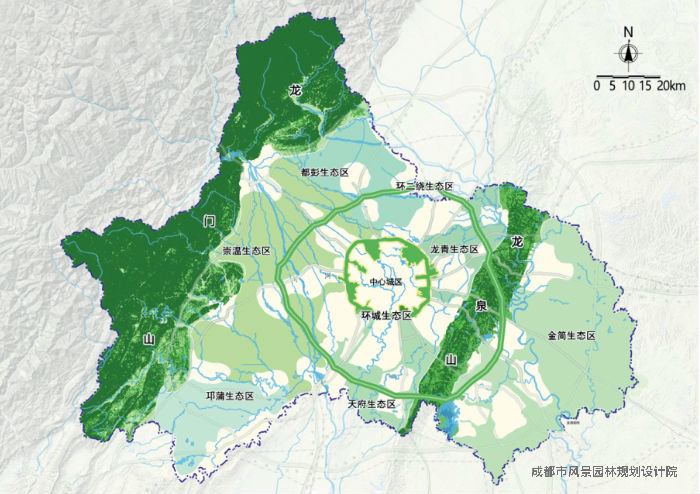
"Park City" is an urban planning model that organically integrates park space with urban functions, which gives more values to urban green space besides ecological value and strives to achieve a harmonious synergy of ecology, economy, and society. In the past three years, Chengdu has explored new concepts, promoted new practices and built new scenarios through overall planning, and initially built a park city system. Based on the general review of Chengdu's park city practice, this article explains and analyzes the key exploration practices from the perspective of landscape, including ecological protection and restoration, park system construction, urban greenway system, park community, and park city street design etc., to provide replicable experiences.
1)Integrated layout - the spatial pattern of the whole park city
At the city scale, Chengdu has focused on changing the development mode of monocentric agglomeration to a polycentric, networked spatial pattern (figure 1). In the central city on the west side, the green space structure consists of a green belt surrounding the entire city and a green wedge inserted into it. Such a green space system realizes the integration of urban space with ecological space and agricultural land. The Eastern New Area constructs an ecological substrate with various types of green spaces such as forests, wetlands, farmlands, and parks. Multi-level ecological corridors are interwoven into a network through the Tuojiang-Jiangxi River ecological corridor.
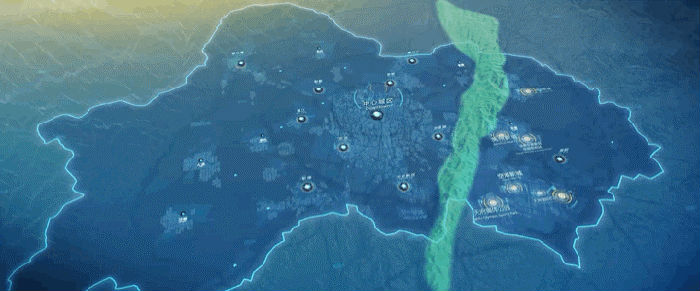
Figure 1: Green space system in a multi-center network in the Chengdu
In the central urban area, the green space system is based on the natural ecological system, forming an overall structure of "two mountains, two networks, two rings and six pieces" (Figure 2). Specific measures include protecting the green space system, enhancing ecologically vulnerable areas, restoring ecologically degraded areas, strengthening the integrity and quality of ecological space, and finally forming an organically linked ecological network system.
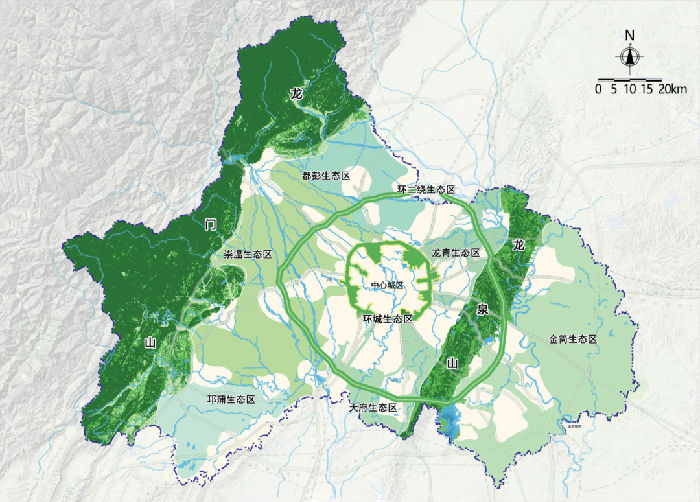
Figure 2: Ecological layout structure of the whole area
(Cited from Chengdu City Park Urban Green Space System Plan (2019-2035) by Chengdu Landscape Architecture Planning and Design Institute)
2)The "Five Green Spaces for a Fresh City" initiative
Among the overall ecosystem, Chengdu focuses on the construction of five types of green spaces: (1) Green Heart: Longquanshan Urban Forest Park with a total area of 1275km2;(2) "Green Lung": Panda National Park with an area of 1459.48km2;(3) Green Vein: the greenway system running through the city;(4) Green Axis: the long 240's green belt starting from Dujiangyan in the north, crossing the city and reaching Huanglongxi ancient town in the south;(5) Green Ring: 133km2 of iconic ecological space around the city.

Figure 3: Illustration map "Five Green Spaces for a Fresh City" initiative
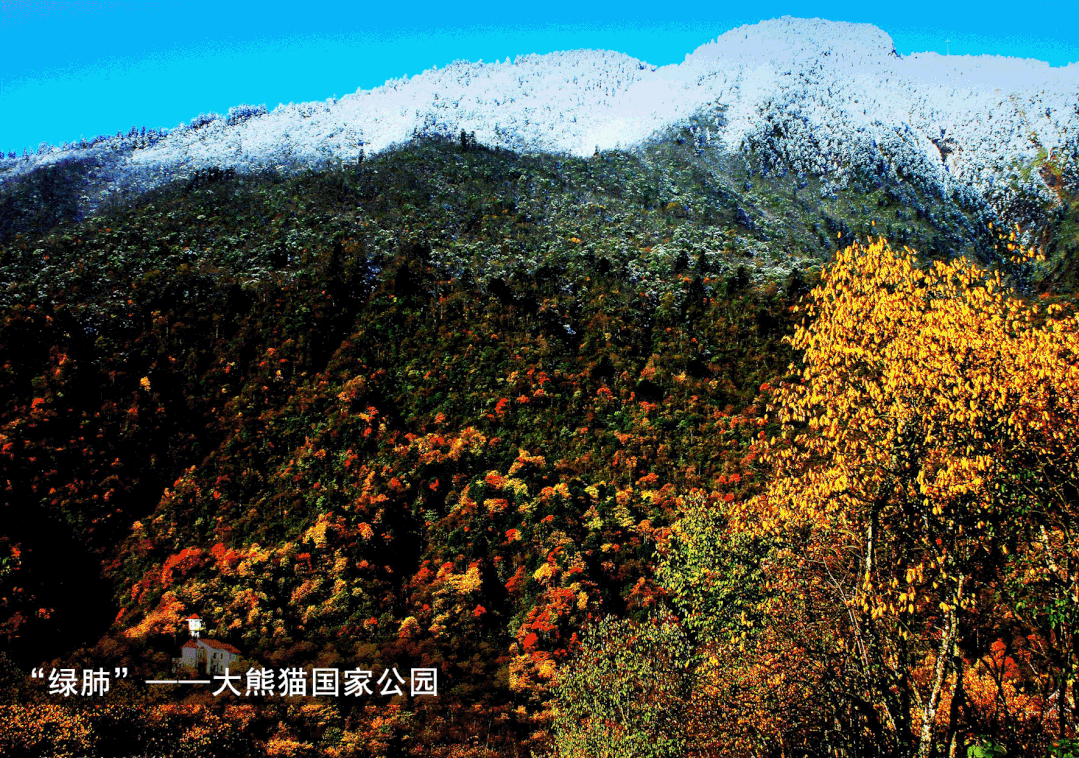
Figure 4: Photos of "Five Green Spaces for a Fresh City" initiative
3)Building park scenarios
The Park System refers to the park network covering the urban space (Figure 5) and the six types of park scenarios supported by it. This initiative draws on scene theory to use the park city as a scene medium for developing the economy and cultivating consumption. Based on natural resource characteristics, Chengdu proposes six park scenes: landscape ecology, urban greenways, rural countryside, urban neighborhoods, historical heritage, and industrial communities. According to the characteristics of different scenes, different functions are integrated in the green space to promote the overlay of ecological scenes with consumption and daily life Ultimately, the creation of these different scenes also transforms the ecological value of the park into other important values (Figure 6).

Figure 5: Analysis of the service radius coverage of green space in central city parks

Figure 6: Multiple values of the park scenarios
4)Park communities
Park communities are the cellular units of park cities. Chengdu has formed the Chengdu City Community Development and Governance Committee to fully integrate the park city concept into community development and governance, and to organically integrate ecological space with community form.Through ecological integration, morphological design and functional implantation strategies, we explore the implementation path of park communities in urban renewal and new district construction. (Figure 7).

Figure 7: Example of park communities
5)Street space design for park cities
The street scene of the park city emphasizes the "ecological isolation" function of the road green belt on the one hand, and uses the green belt to cool, humidify, reduce noise, and stagnate dust. On the other hand, it emphasizes "ecological integration" and integrates the road green belt, roadside green space and building setback space as a whole and carries out scenario design (Figure 8). Through greenways, walkways and other pedestrian systems , the street achieves an organic mix of ecological, recreational, residential, and work functions.
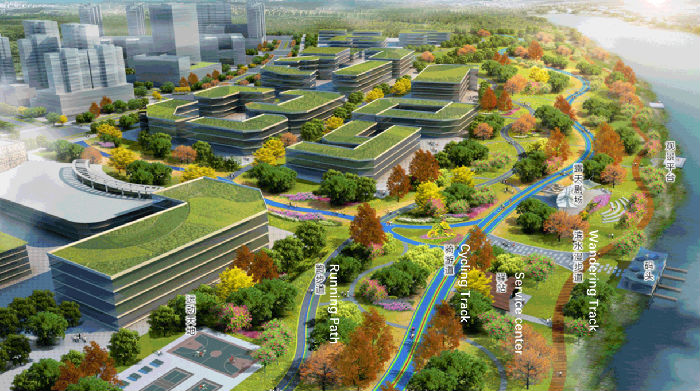
Figure 8: example of street space design
Source: <https://mp.weixin.qq.com/s/gtIuUCa3gcl_lF2r7TBz9w>
Edited and translated by Hou Ying